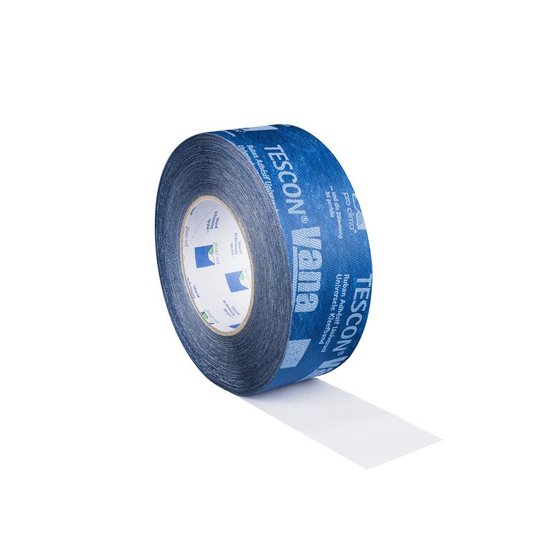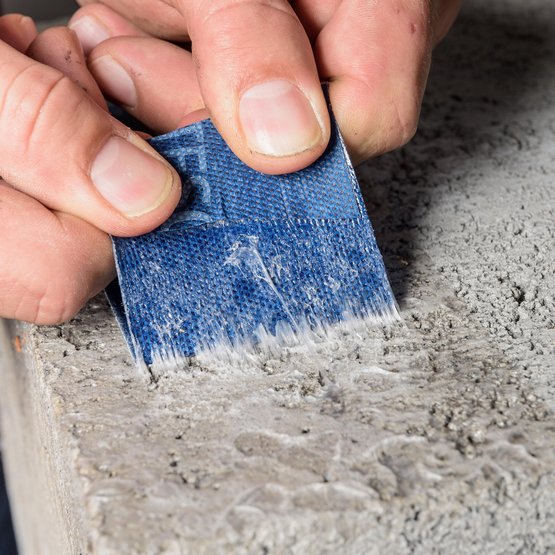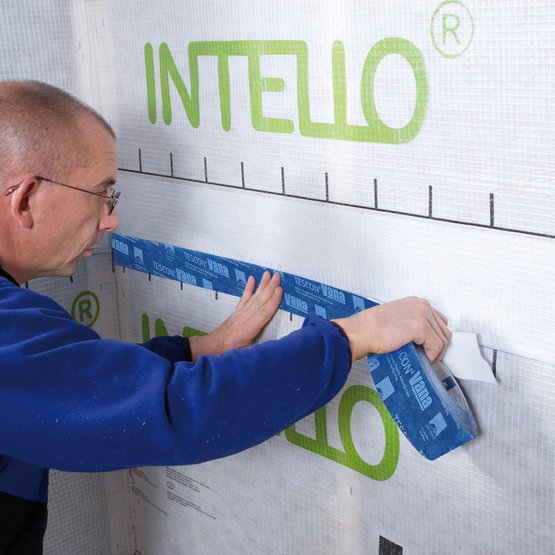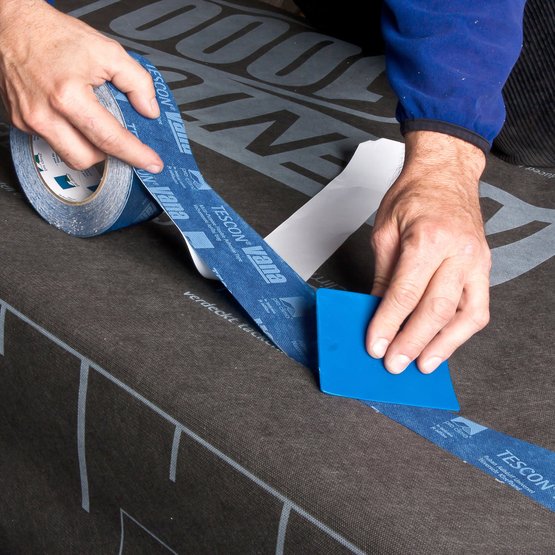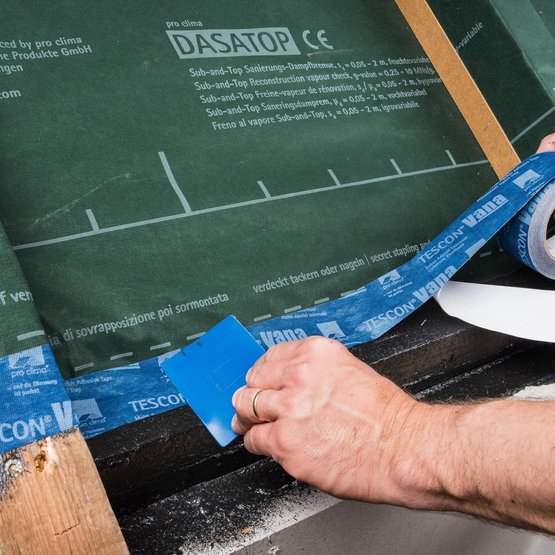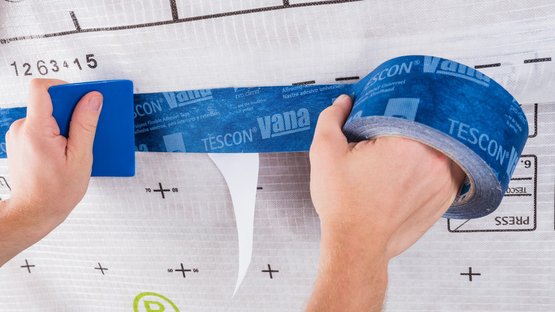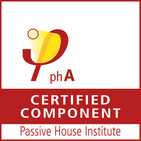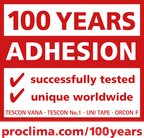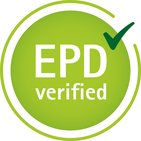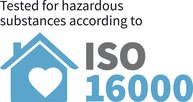All-round adhesive tape for interior and exterior use
Advantages
- Adheres reliably – even if moisture is present: water-resistant SOLID adhesive
- Particularly durable: adhesion for 100 years, independently tested and confirmed
- Subsequent work can be carried out with increased flexibility: 6 months of outdoor exposure
- Subsequent work can be started quickly: fleece backing can be plastered over directly
- Easy to work with: very malleable fleece backing that can be torn by hand
- Test winner in April 2012 with the German product-testing foundation ‘Stiftung Warentest’
- Construction in adherence with standards: for airtight sealing in accordance with DIN 4108-7, SIA 180 and RE 2020
- Excellent values in hazardous substance testing, has been tested according to the ISO 16000 evaluation scheme
Areas of application
Interior use: Airtight taping of vapour control and airtight membranes and of airtight wood-based panels.
Exterior use: Windproofing and rainproofing of roofing underlay and breather membranes (e.g. SOLITEX) and underlay panels. Airtight taping of on-roof and refurbishment vapour control and airtight membranes.
All taped joints, indoor and outdoor, can be implemented between similar components or else with adjacent structural elements with a smooth, non-mineral surface (e.g. pipe penetrations, roof windows).
Splits on release film
| Tape width | Split (approx.) |
|---|---|
| 60 mm (2 3/8”) | No split |
| 75 mm (3”) | No split |
| 100 mm (4”) | 50 | 50 mm (2” | 2”) |
| 150 mm (6”) | 75 | 75 mm (3” | 3”) |
| 200 mm (8”) | 100 | 100 mm (4” | 4”) |
| 300 mm (12”) | 150 | 150 mm (6” | 6”) |
Installation instructions
General conditions
Taped joints must not be subjected to tensile forces. Once membranes have been taped, the weight of the insulation material must be supported by laths. Taped joints should be supported by additional laths, if necessary. Rub the adhesive tapes firmly to secure the adhesive bonds. Ensure that there is sufficient resistance pressure.
Windproof, airtight or rainproof sealing can only be achieved on vapour control or underlay/facade membranes that have been installed without folds or creases. Ventilate continuously and systematically to prevent build-up of excessive humidity; use a dryer if necessary. When plastering, please observe the recommendations of the plaster manufacturer for non-absorbent subsurfaces. A bonding course may be necessary.
Substrate
Clean subsurfaces before applying tape. Adhesion is not possible on frozen surfaces. There must be no water-repellent substances (e.g. grease or silicone) on surfaces where adhesives are to be applied. Subsurfaces must be sufficiently dry and stable.
Permanent adhesion is achieved on all pro clima interior and exterior membranes, on other vapour control and airtight membranes (e.g. those made of PE, PA, PP and aluminium) and on other underlay and breather (WRB) membranes (e.g. those made of PP and PET).
Adhesion and taped connections are possible with planed and painted wood, hard plastics and metal (e.g. pipes, windows etc.), rigid foam insulation materials that can be plastered over, and hard wood-based panels (chipboard, OSB, plywood, MDF and wood-fibre underlay panels). Pre-treatment with TESCON PRIMER is required in the case of adhesion to wood-fibre underlay panels or on smooth, mineral subsurfaces. Concrete or plaster subsurfaces must not be sandy or crumbling.
The best results in terms of reliability are achieved on high-quality subsurfaces. It is your responsibility to check the suitability of the subsurface; adhesion tests may be necessary in certain cases. Pre-treatment with TESCON PRIMER is recommended in the case of subsurfaces that have insufficient stability.



